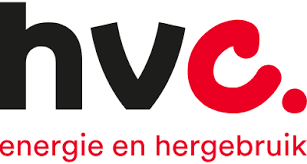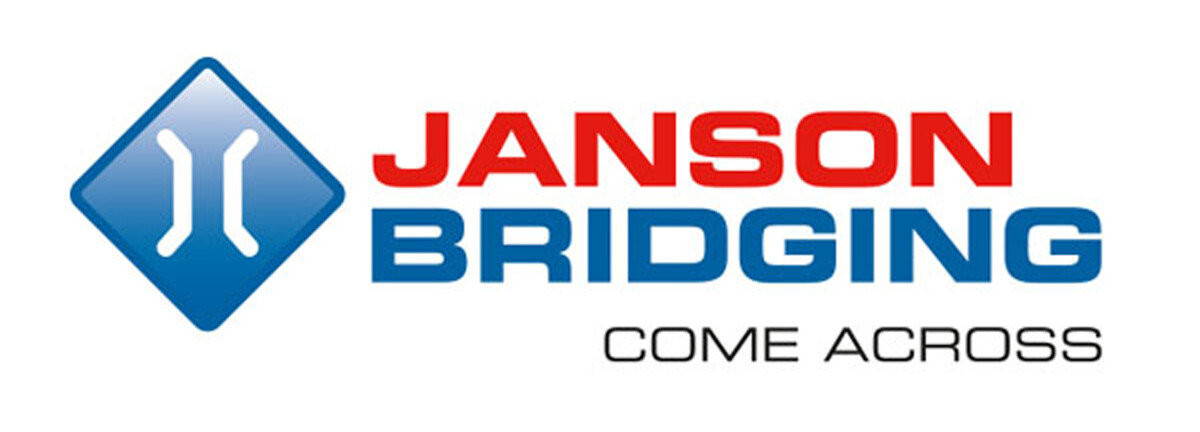Groenewout’s advice gives you greater insight into your warehouse processes
How can we help you?
Warehouse processes and KPIs
It is very important for any company that holds stock in a warehouse to optimize its logistics processes. But to achieve efficiency gains in warehousing, inventory and other logistics processes, it is necessary to take many different aspects into account. The definition and monitoring of key performance indicators (KPIs) plays an important part in this. If your organization is struggling to strike a profitable balance in your warehouse, contact Groenewout for help.
KPIs in logistics and warehousing processes
To achieve a smooth-running and profitable warehouse or distribution center, it is first necessary to define the most important KPIs. They must then be monitored carefully in order to continuously improve the processes and identify any bottlenecks. Two of the most common logistics-related KPIs are explained in more detail below:
Capacity utilization
The capacity utilization rate of a warehouse indicates how many pallet locations are still available and how many must be occupied in order to break even. The ideal capacity utilization rate is around 85% to 90%. Any higher than that leaves no room for urgent orders and it could mean that you are holding too much inventory (or your warehouse is too small). A capacity utilization rate of less than 80% means that too much of your warehouse is standing empty. In both cases, you are making suboptimal use of your warehousing space.
Inventory turnover
The inventory turnover rate is another commonly used KPI for managing warehouse stock. It indicates how many times you sell and replace your stock in the space of a year. How long does your inventory lie around in the warehouse before being sold? And is the amount of stock aligned with the expected sales volume? We use the inventory turnover KPI to reveal important insights into your inventory management.
Other relevant logistics-related KPIs include the stock per period, the order shipped complete on time (OSCOT) and the performance per warehouse operative. The value of these KPIs varies from one company to another, which is why Groenewout’s consultants work closely with you to select the right KPIs for your warehouse or distribution center.
Advice warehouse logistics processes
At consulting firm Groenewout, we have extensive experience in analyzing warehouse processes and setting up improvement projects. Our expertise extends from realizing and optimizing warehouses to improving the logistics operations. Groenewout can support you in a wide range of areas, including:
- Warehouse realization or expansion
- Defining a new logistics concept (with or without mechanization)
- Warehouse design (storage systems/mechanization) and associated tender projects
- Optimization of internal routing in warehouse
- Advice, selection and contracting of WMS and WCS systems
- Optimization of inventory management
- Definition of key performance indicators (KPIs)
- Testing, transition and implementation
Just as with all of our advice, you receive a complete overview of pragmatic and ready-to-implement solutions. Moreover, we can support the practical implementation of our recommendations. If you would like to know more about optimizing the logistics processes in your warehouse, feel free to contact our experts.
References
FAQs
The most common logistics-related KPIs are capacity utilization and inventory turnover. Groenewout’s consultants work closely with you to select the right KPIs for your warehouse or distribution center.
The inventory turnover rate is commonly used KPI for managing warehouse stock. It indicates how many times you sell and replace your stock in the space of a year. How long does your inventory lie around in the warehouse before being sold? And is the amount of stock aligned with the expected sales volume? We use the inventory turnover KPI to reveal important insights into your inventory management.
Please feel free to contact our consultants. We’re here to help!
Need advice?

I’m here to help!

I’m here to help!
Topics in warehouse processes and KPIs

WMS/WCS and warehouse automation
Data about productivity, lead times, availability of stock and delivery times can be accessed easily in a warehouse management system (WMS), possibly with the additional use of a warehouse control system (WCS). Implementing a WMS can soon result in 25-30% efficiency gains and can significantly improve the productivity of your warehouse. In order to gain insight into what is (and isn’t) possible with a WMS, it can be wise to first analyze a business case.
More information or support on WMS.





















